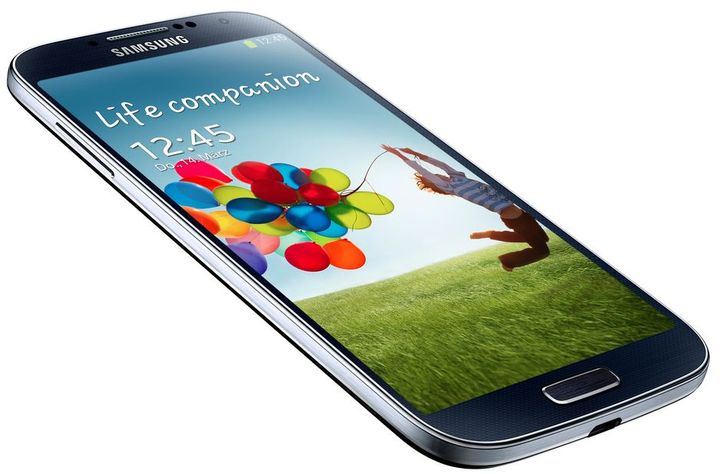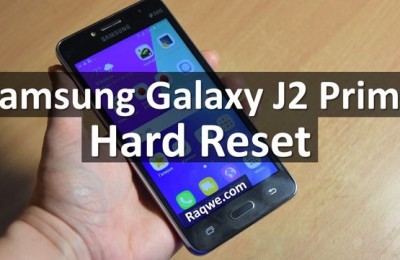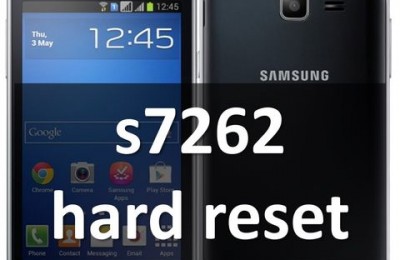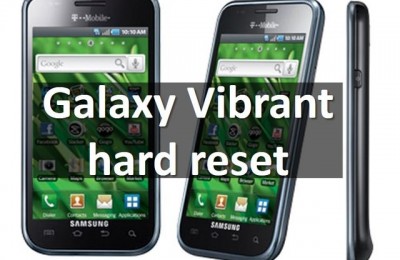When Apple introduced the possibility of fingerprint users in the new iPhone 5s , it was easy to guess that this technology will soon emulated by other manufacturers of smartphones. Ironically, one of the first such companies began to Samsung, which is supposedly going to use the scanner in a similar Galaxy S5.
According to MacRumors, citing a blog SamMobile, specializing in news about Samsung, Scanner, a new Galaxy will also be built in the “Home,” and not in the display, as previously assumed. Nevertheless, the principle of his work is very different from the Touch ID in iPhone 5s: for fingerprint registration or unlock the smartphone user should not just put your finger and hold it on the button.
Through the use of the Android operating system in their devices, Samsung significantly expanded its fingerprint scanner compared with Touch ID. With it, the user can not only protect your smartphone as a whole, but also block individual applications, widgets and even files. Of course, the scanner will be able to store in its memory several prints – for example, your wife and child.
It is worth noting that Apple can not be called “pioneer” in the case of Touch ID. Fingerprint existed in mobile devices and to iPhone 5s, but the first in Cupertino could make this technology available to the user as much as possible and make it available to a wide range of consumers.
Despite this, Samsung for some reason could not do it before Apple and it seems watching the market reaction to novelty. And more than 50 million iPhone sold in the last quarter indicate that the technology is clearly relished by most buyers.
It is reported that the Galaxy S5 receives 5.2-inch display with a higher resolution than that of S4, which is 1080 x 1920 pixels. The smartphone will be presented with a new generation of smart watches Galaxy Gear at Monday, February 24 . It will be very interesting to watch the presentation – Samsung suddenly decided to learn from Apple anything else?
Read another very interesting article about alternative energy of the Sun, water and air.





